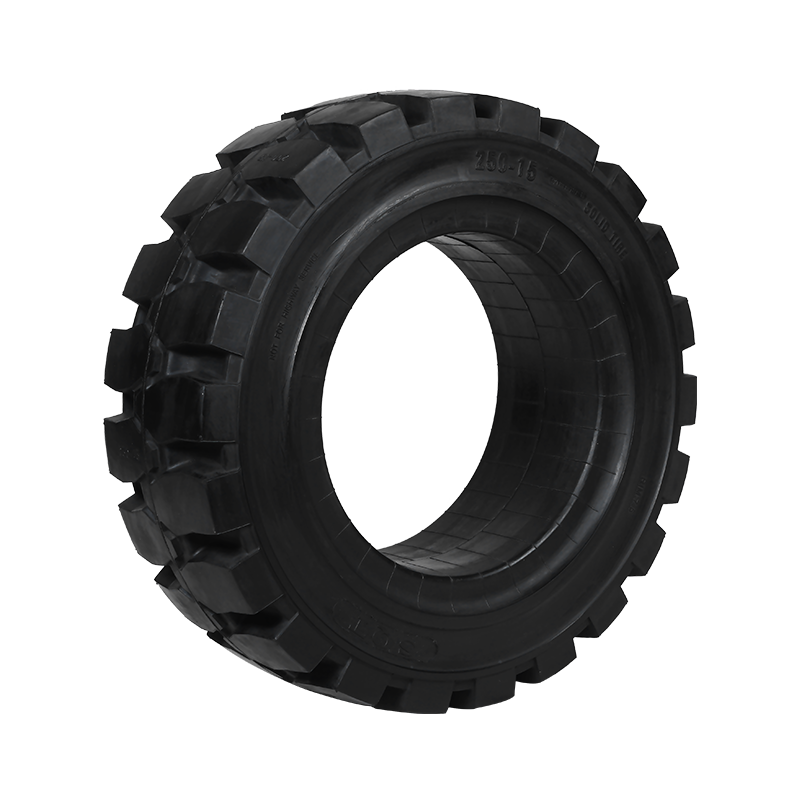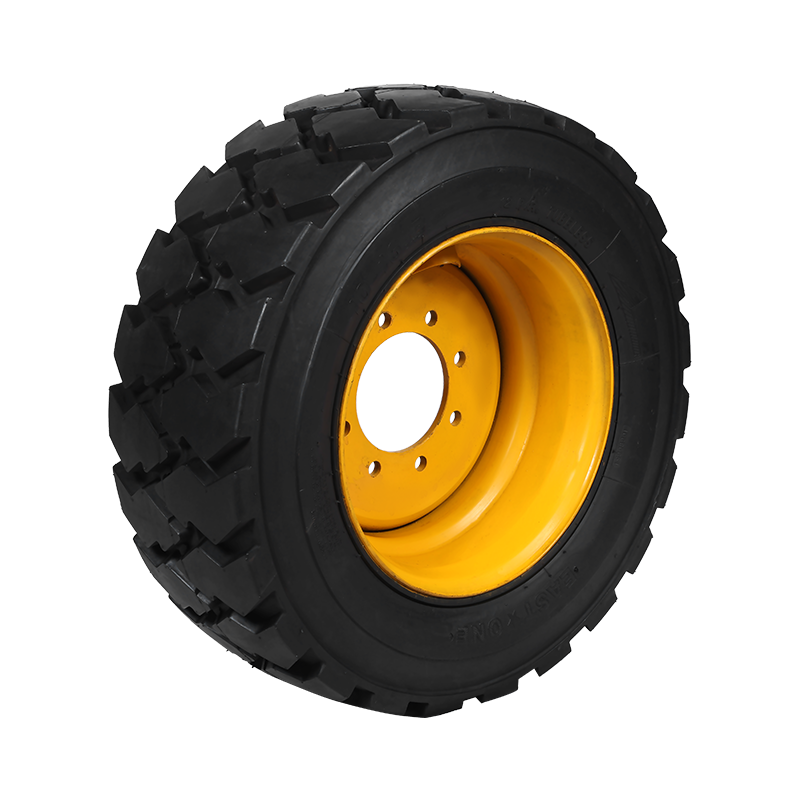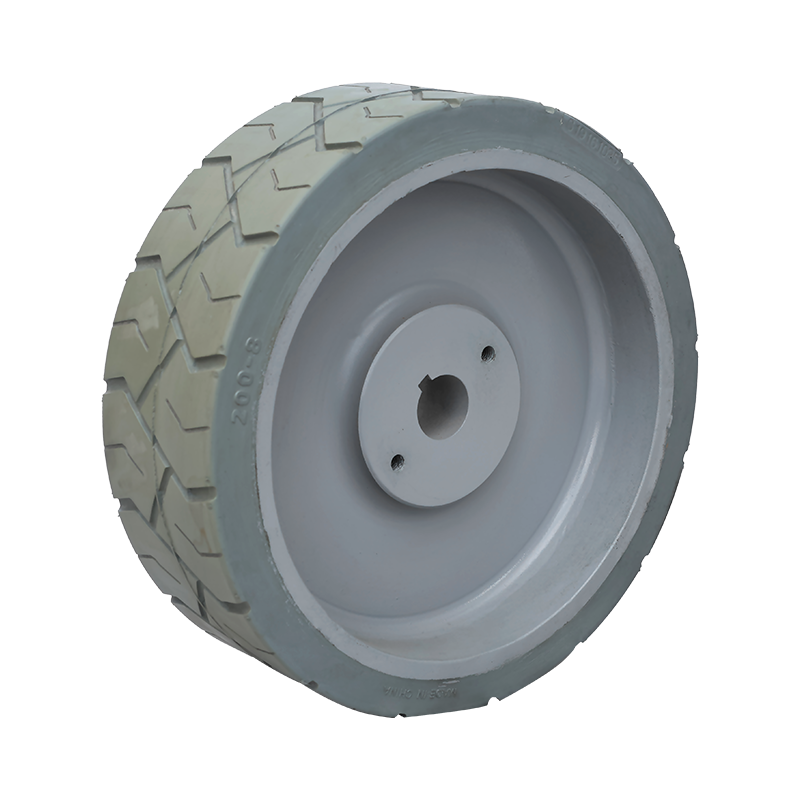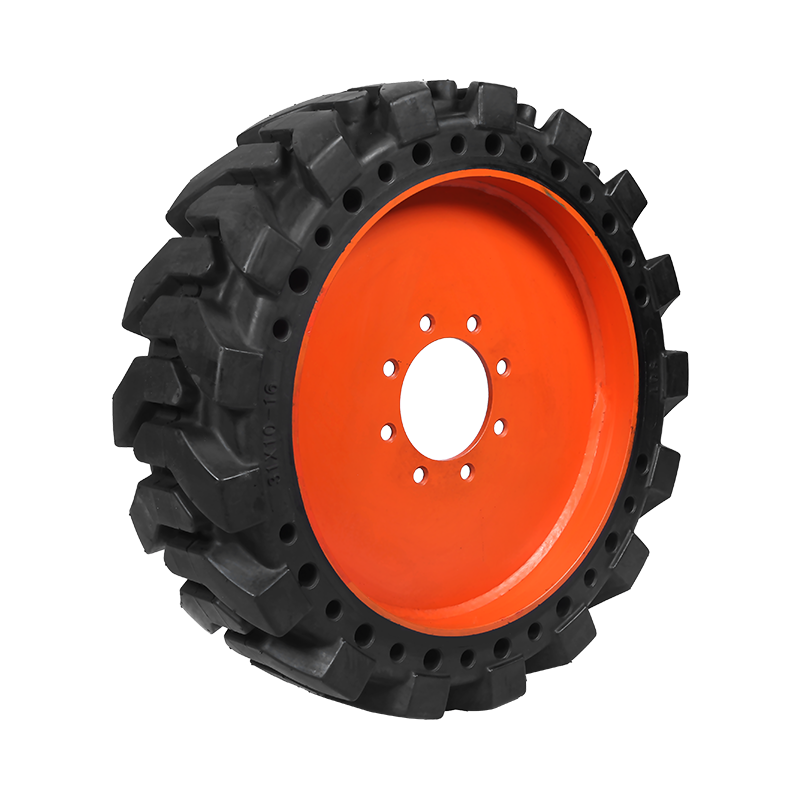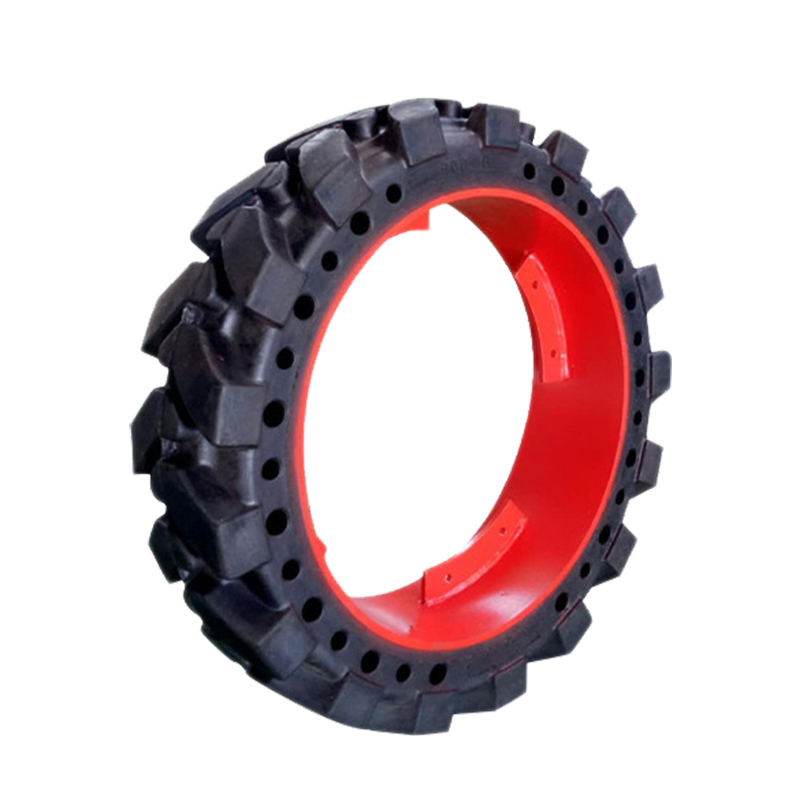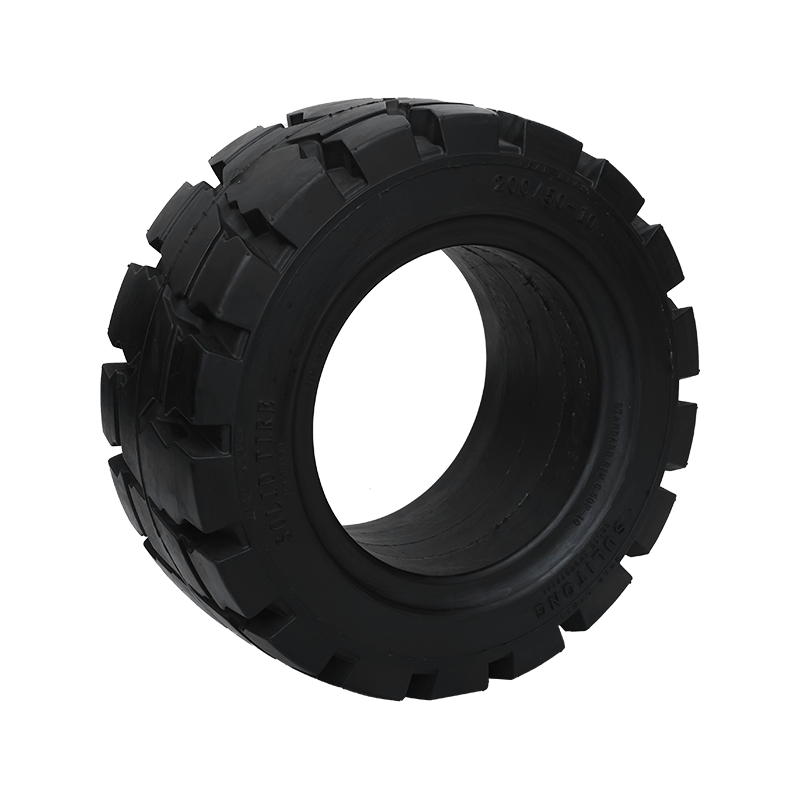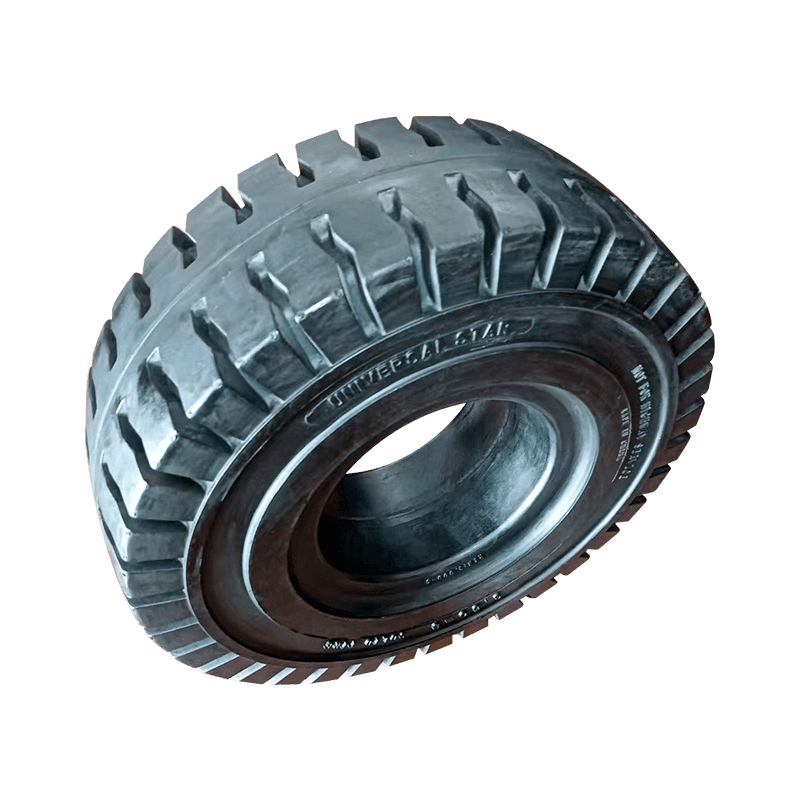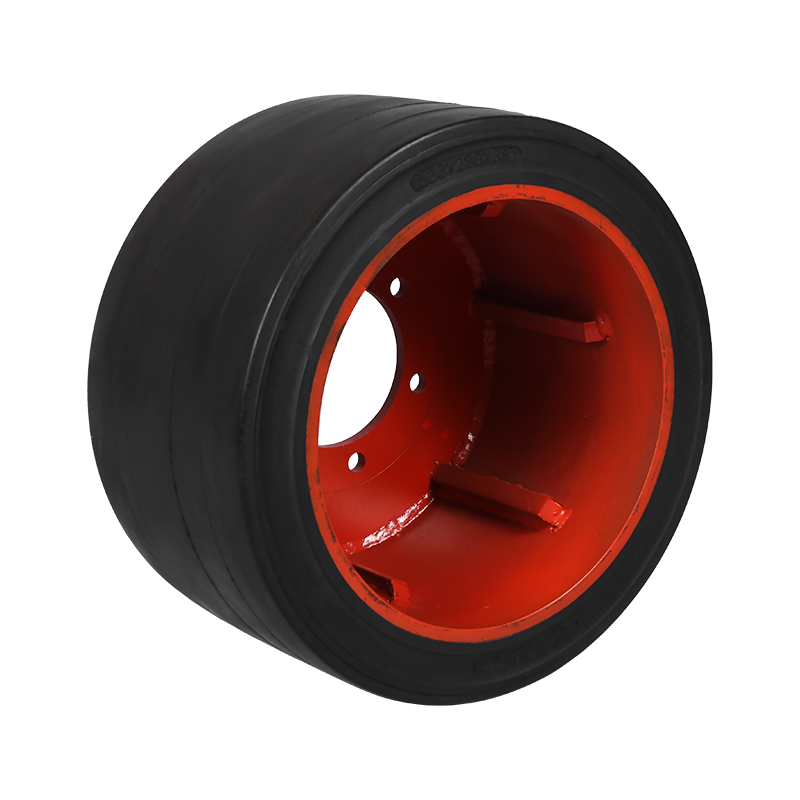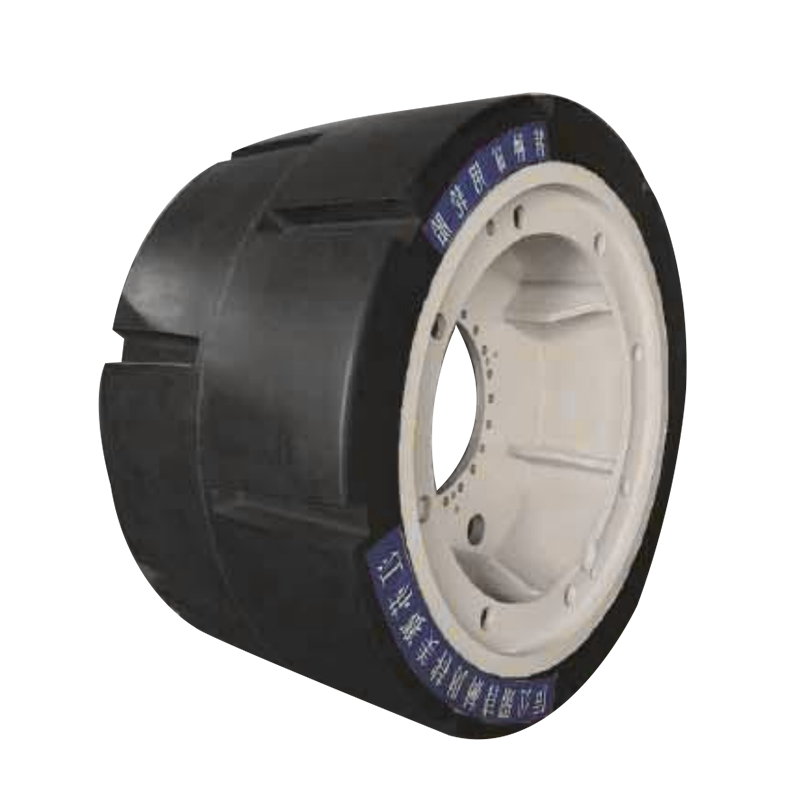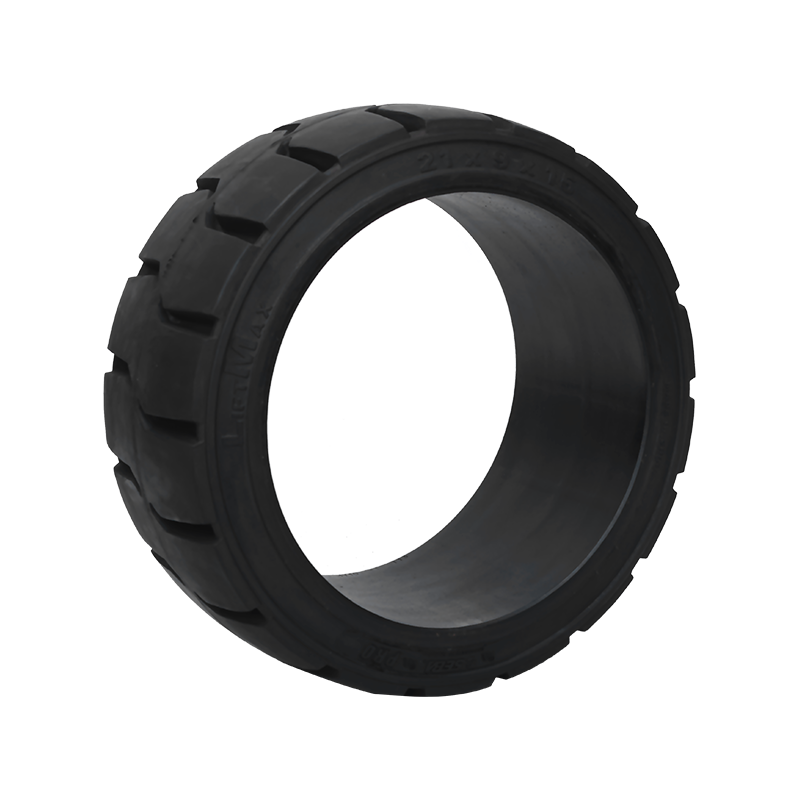How to select the correct wheel loader tires?
Selecting the appropriate wheel loader tires (or front-end loader tires, articulated loader tires, loader tires) is a critical decision that directly impacts your equipment's performance, efficiency, and operational costs. The right choice can significantly reduce downtime, improve fuel economy, and enhance the safety of your job site. With a myriad of options available, understanding the key factors involved is essential for making an informed decision.
1. Understand Your Application and Site Conditions
The first and most crucial step is to thoroughly analyze the environment and typical tasks your wheel loader will undertake.
-
Surface Type:
-
Hard, Abrasive Surfaces (e.g., quarries, rock excavation, demolition): These environments demand tires with exceptional cut and puncture resistance. Look for tires with deep treads and robust sidewalls, often featuring specialized compounds designed to withstand sharp rocks and debris.
-
Soft, Muddy, or Loose Surfaces (e.g., agriculture, waste management, sand pits): Excellent traction is paramount here. Tires with aggressive, self-cleaning tread patterns are ideal for shedding mud and maintaining grip. Wide base tires can also help distribute weight and reduce ground pressure, preventing the loader from sinking.
-
Smooth, Paved Surfaces (e.g., industrial yards, asphalt plants): While still needing durability, these surfaces benefit from tires that offer good stability and wear resistance for continuous use. Heat generation can be a concern, so tires designed for lower heat buildup are advantageous.
-
-
Operating Hours and Cycle Times: High-intensity operations with long shifts and frequent cycles will put more stress on the front-end loader tires. Consider tires designed for severe duty or those with enhanced heat dissipation properties to prevent premature wear.
-
Load Requirements: The typical weight of the material being moved will influence the load capacity needed for your loader tires. Overloading can lead to rapid tire wear, structural damage, and safety hazards. Always adhere to the tire manufacturer's load index recommendations.
-
Speed: While wheel loaders aren't typically high-speed machines, sustained higher speeds can generate more heat within the tire, accelerating wear. If your operations involve longer travel distances, select articulated loader tires with good heat resistance.
2. Tire Construction: Bias vs. Radial
The internal construction of wheel loader tires plays a significant role in their performance characteristics.
-
Bias-Ply Tires:
-
Construction: Layers of fabric cords are laid diagonally from bead to bead, overlapping in a crisscross pattern.
-
Advantages: Generally more resistant to sidewall damage and punctures, often more affordable upfront. They can offer good stability in certain applications.
-
Disadvantages: Tend to have a smaller, more rigid contact patch, which can lead to a harsher ride, less uniform tread wear, and higher rolling resistance, potentially increasing fuel consumption. Heat buildup can also be a concern.
-
-
Radial Tires:
-
Construction: Cords run perpendicularly from bead to bead, with additional stabilizing belts running circumferentially under the tread.
-
Advantages: Larger, more flexible contact patch for improved traction, better flotation, reduced rolling resistance (leading to better fuel economy), and more even tread wear. They also offer a smoother ride and generate less heat, making them suitable for longer hauls and higher speeds.
-
Disadvantages: Typically higher initial cost and can be more susceptible to sidewall damage.
-
For most modern, heavy-duty wheel loader applications, radial tires are increasingly preferred due to their superior performance, longevity, and fuel efficiency, justifying the higher initial investment over their lifespan.
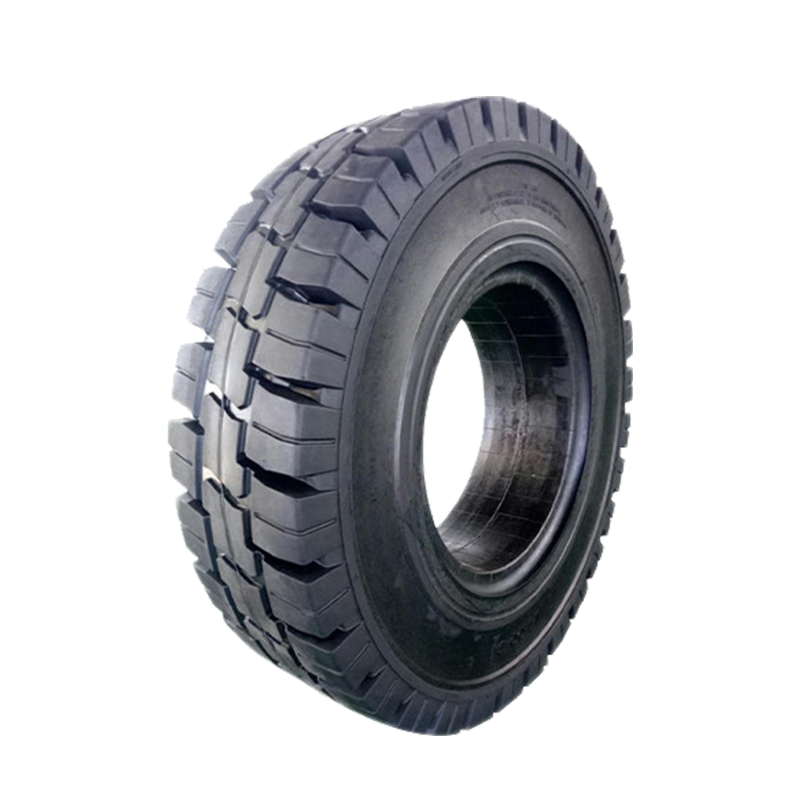
3. Tread Patterns and Compounds
The tread design and rubber compound are specifically engineered for different operating conditions.
-
Tread Patterns:
-
L5 (Rock Deep Tread): Features a very deep, non-directional tread for maximum resistance to cuts, chips, and wear in severe rock applications. Ideal for quarries and mining.
-
L4 (Rock Extra Deep Tread): Similar to L5 but with a slightly less aggressive pattern, offering a balance of cut resistance and traction.
-
L3 (Rock Standard Tread): A general-purpose tread suitable for a mix of hard and soft surfaces, offering good traction and wear characteristics.
-
E3/L3 (Traction/Rock): Combination patterns designed for good traction in loose materials while still offering some cut resistance.
-
E4 (Traction Deep Tread): Deeper lugs for excellent traction in soft, muddy conditions.
-
L2 (Traction): More open, self-cleaning patterns for improved traction in soft and muddy terrains.
-
C-Type (Compactor): Specifically designed for compactors, but sometimes seen on loader tires in specific compaction applications, featuring smooth or ribbed patterns.
-
-
Rubber Compounds: Tires are made from various rubber compounds tailored for different performance attributes.
-
Cut-Resistant Compounds: Designed to withstand sharp objects, common in mining and demolition.
-
Heat-Resistant Compounds: Crucial for applications with long runs or high speeds to prevent premature tire degradation.
-
Wear-Resistant Compounds: Optimized for long tread life on abrasive surfaces.
-
High-Traction Compounds: Offer superior grip in challenging, slippery conditions.
-
4. Tire Size and Ply Rating/Load Index
Always ensure the replacement loader tires match the specifications recommended by the wheel loader manufacturer.
-
Tire Size: The numerical designation (e.g., 23.5R25) indicates the tire's width, aspect ratio (for radials), and rim diameter. Using an incorrect size can negatively affect stability, traction, and the machine's overall performance.
-
Ply Rating/Load Index: The ply rating (for bias tires) or load index (for radial tires) indicates the tire's maximum load-carrying capacity at a specified inflation pressure. Never exceed the recommended load index for your application.
5. Supplier Expertise and Support
Choosing a reputable tire supplier is just as important as the tires themselves. Look for suppliers who:
-
Offer a wide range of wheel loader tires from trusted manufacturers.
-
Have knowledgeable staff who can provide expert advice based on your specific needs.
-
Provide ongoing support, including tire maintenance tips, pressure recommendations, and troubleshooting.
-
Can offer solutions for tire management, such as tire repair services or retreading programs.
By carefully considering these factors, you can select the optimal wheel loader tires that maximize your equipment's potential, reduce operational costs, and ensure a safer and more productive work environment. Don't underestimate the impact of this critical component on your bottom line.
CONTACT US
-

Email: SMT001@saimeite-tyre.com
-

Phone: +86-18451337018No. 1, Renmin South Road, Yandu District, Yancheng City, Jiangsu Province, China

 English
English 한국어
한국어 Français
Français Español
Español
